Day 1 :
Keynote Forum
Lee Rybeck Lynd
Dartmouth College, USA
Keynote: Cellulosic biofuels: Realizing climate benefits and new processing paradigms
Time : 09:00-09:30

Biography:
Abstract:
Keynote Forum
Marc Rosen
University of Ontario Institute of Technology, Canada
Keynote: Bioenergy and energy sustainability
Time : 09:30-10:00

Biography:
Abstract:
Keynote Forum
Rajai H Atalla
Cellulose Sciences International, Inc., USA
Keynote: Nanoporous celluloses, previously unknown forms, as the best primary feedstocks for energy, chemical and agricultural feed production
Time : 10:00-10:30

Biography:
Abstract:
Keynote Forum
Henrik V Scheller
Lawrence Berkeley National Laboratory, USA
Keynote: Engineering of plants for improved conversion into biofuels and bioproducts
Time : 10:45-11:15

Biography:
Abstract:
Networking & Refreshment Break 10:30-10:45 @ Foyer
Keynote Forum
Donald L Smith
McGill University, Canada
Keynote: Enhanced production of feedstock biomass: Biostimulants as a low-cost, low-carbon approach

Biography:
Abstract:
- Special session
Location: Dorothy

Chair
Donald L Rockwood
University of Florida, USA
Session Introduction
Donald L Rockwood
University of Florida, USA
Title: Eucalyptus trees for bioenergy
Time : 11:45-12:05

Biography:
Abstract:
Ronald S Zalesny Jr
United States Department of Forest Service, USA
Title: Fast growing poplars for bioenergy
Time : 12:05:12:25

Biography:
Abstract:
Timothy A Volk
State University of New York College of Environmental Science and Forestry, USA
Title: Shrub willow for bioenergy and ecosystem services
Time : 12:25-12:45

Biography:
Abstract:
Lunch Break 12:45-13:30 @ Foyer A
- Biomass | Bioenergy
Location: Dorothy

Chair
Prabir Basu
Dalhousie University, Canada

Co-Chair
Charles M. Cai
Universitty of California Riverside, USA
Session Introduction
Prabir Basu
Dalhousie University, Canada
Title: A comprehensive study on production of torrefied biofuel using inclined rotary reactor
Time : 13:30-13:50

Biography:
Abstract:

Charles M. Cai
University of California Riverside, USA
Title: Biomass deconstruction towards total carbon utilization for future biorefineries
Time : 13:50-14:10

Biography:
Abstract:
Alberto Abad
ICB-CSIC, Spain
Title: Biomass combustion with CO2 capture by chemical looping
Time : 14:10-14:30

Biography:
Abstract:

Niclas Scott Bentsen
University of Copenhagen, Denmark
Title: Carbon debt of forest bioenergy - Fact or fantasy?
Time : 14:30-14:50

Biography:
Abstract:
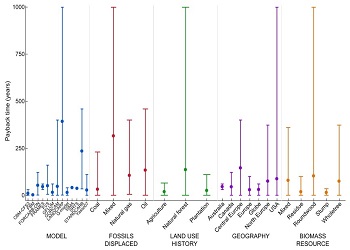
Scott Sattler
USDA-ARS, USA
Title: Modifying lignin content and composition to improve sorghum for bioenergy
Time : 14:50-15:10

Biography:
Abstract:
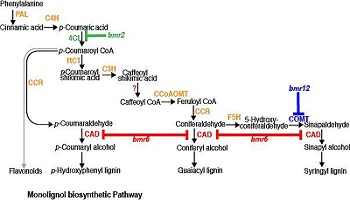
James B Houser
Appalachian State University, USA
Title: Cold climate anaerobic digestion
Time : 15:10:15:30

Biography:
Abstract:
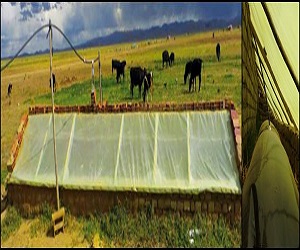
Jacob K Jensen
Michigan State University, USA
Title: Genetic manipulation of the cell wall hemicellulose component as a route to improved feedstock materials for biofuels production
Time : 15:30-15:50

Biography:
Jacob K Jensen has his expertise in plant cell wall materials and their formation. His particular area of interest is cell wall molecular architecture and design principles.
Abstract:
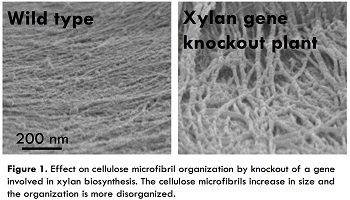
Sally krigstin
University of Toronto, Canada
Title: Storage activity in the woody biomass supply chain: Mitigating GHG emissions and biomass degradation
Time : 15:50-16:10

Biography:
Abstract:
Networking & Refreshment Break 16:10-16:20 @ Foyer
- Biomass | Bioenergy | Session-2
Location: Dorothy

Chair
Vosatka Miroslav
Institute of Botany Czech Academy of Sciences, Czech Republic

Co-Chair
Niclas Scott Bentsen
University of Copenhagen, Denmark
Session Introduction
Adam Campen
Imreys inc., USA
Title: Demonstrating operational stability and high returns on investment using additives in biomass burning power boilers
Time : 16:20-16:40

Biography:
Abstract:
Christina Dorado
USDA-ARS, USA
Title: Steam Explosion for the extraction of sugars, pectic hydrocolloids, phenolics, flavonoids and oils from Citrus sinensis
Time : 16:40-17:00

Biography:
Abstract:
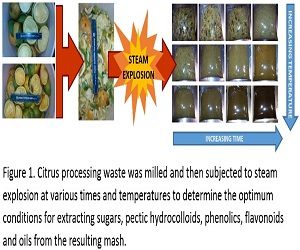
Serpil Özmıhçı
Dokuz Eylül University, Turkey
Title: Evaluation of rise husk for bio-hydrogen production
Time : 17:00-17:20

Biography:
Abstract:
Vosatka Miroslav
Institute of Botany Czech Academy of Sciences, Czech Republic
Title: Ecological management of fast growing trees plantations and biorefinery of added value products from biomass
Time : 17:20:17:40

Biography:
Abstract:
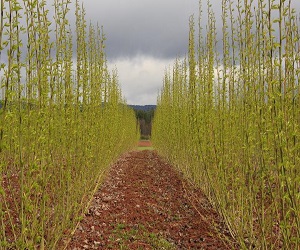
Janaina Camile Pasqual
Pontifical Catholic University of Paraná, Brazil
Title: Water-Energy-Food Nexus: Biogas background and perspectives for Brazil and the United States by 2050
Time : 17:40-17:55

Biography:
Abstract:
Naz Orang
University of Toronto, Canada
Title: Predictive statistical model for optimized biomass boiler operation
Time : 17:55-18:10

Biography:
Abstract:
Augstina E.phram
Centre RAPSODEE, France
Title: Hydrogen chloride removal from wood waste-derived syngas using inorganic sorbents
Time : 18:10-18:25

Biography:
Abstract:
Rajesh MUNIRATHINAM
Centre RAPSODEE, France
Title: Calcium phosphates as a novel support material for catalysis in Fischer-Tropsh synthesis
Time : 18:25-18:40

Biography:
Abstract:
Rachna Dhir
University of California Riverside, USA
Title: Comparing pretreatment and subsequent hydrolysis maximum total sugar yielding conditions organosolv pretreatment to CELF pretreated poplar
Time : 18:40-18:55

